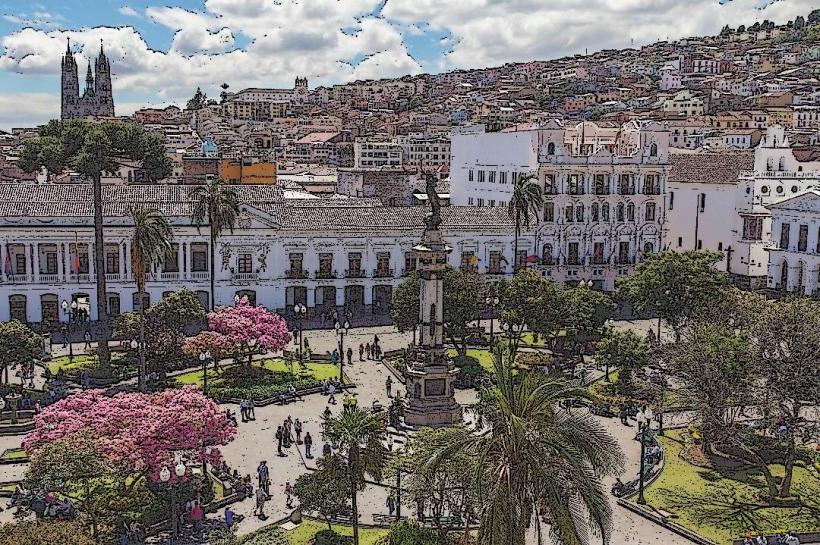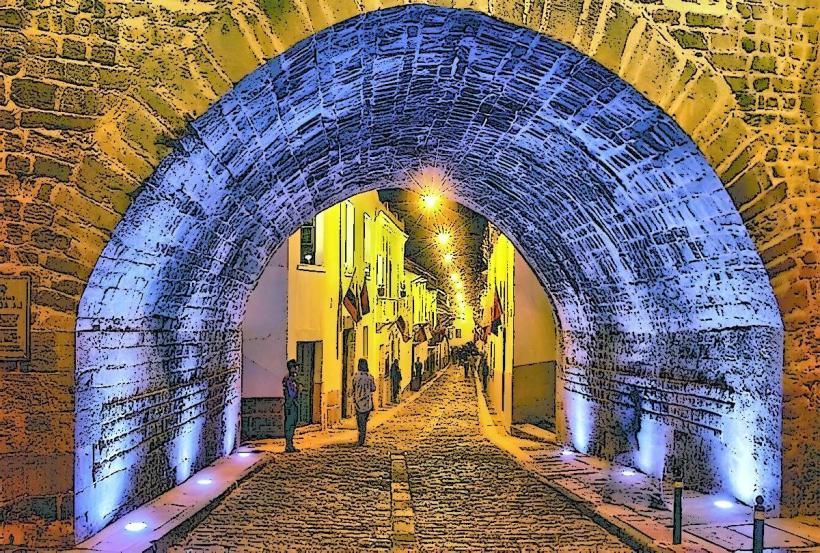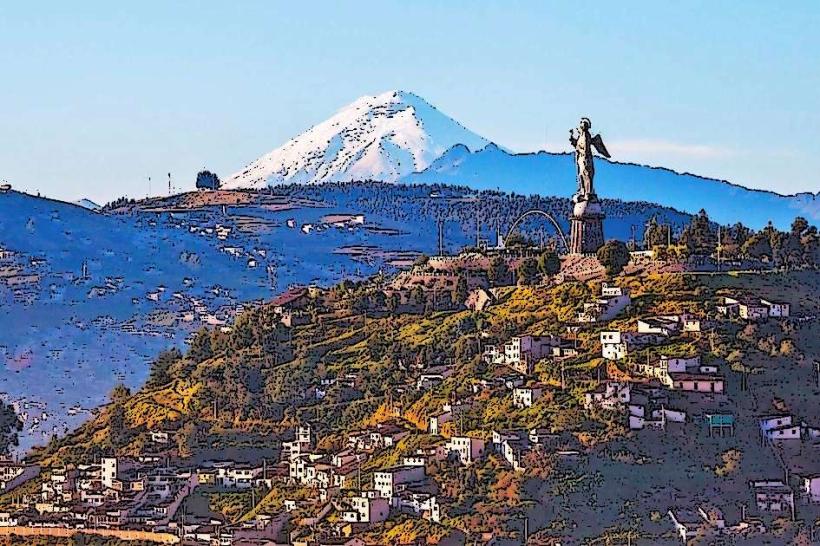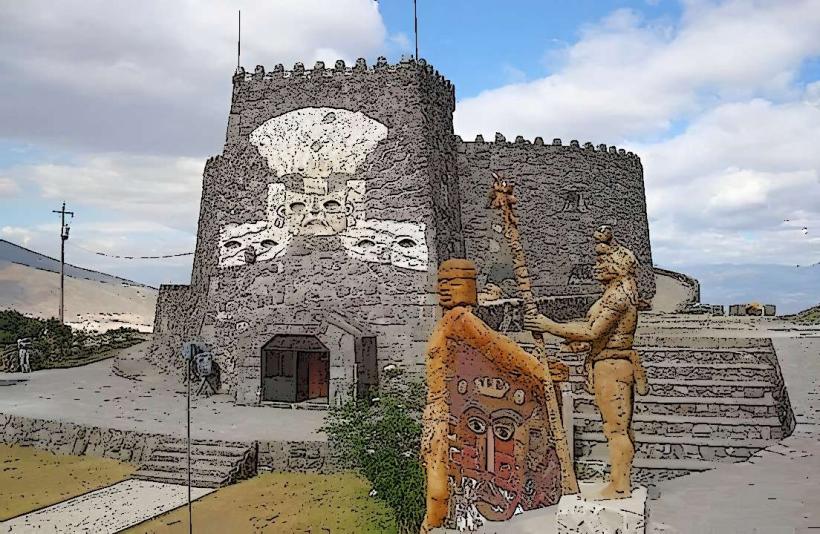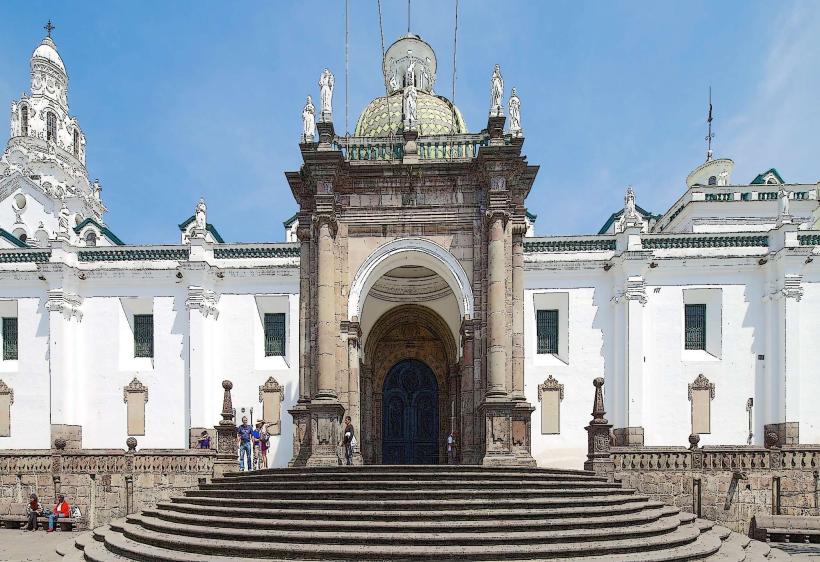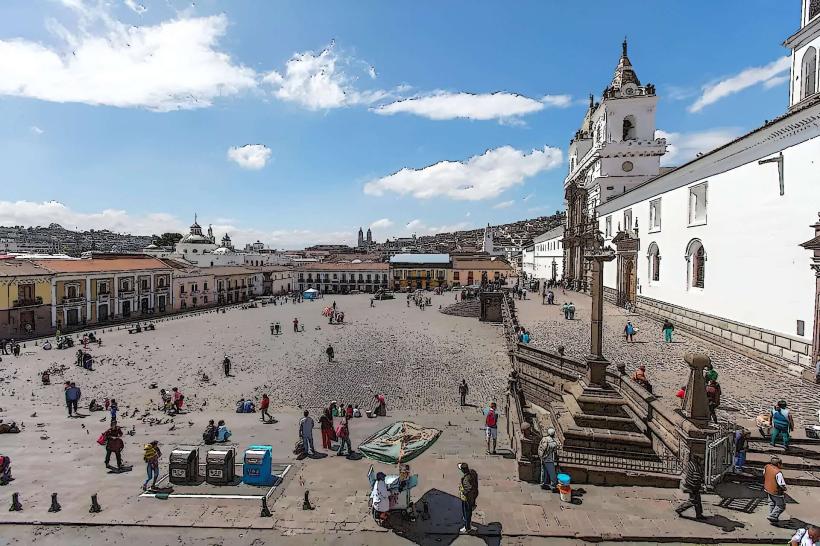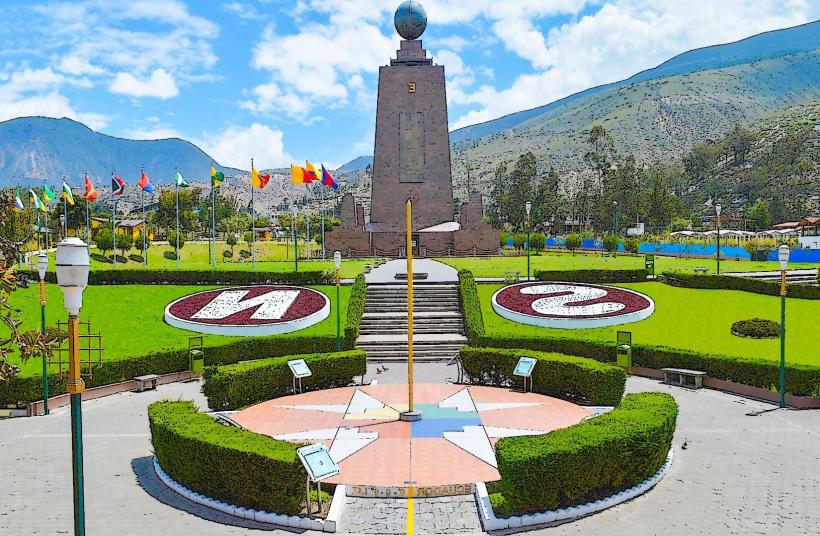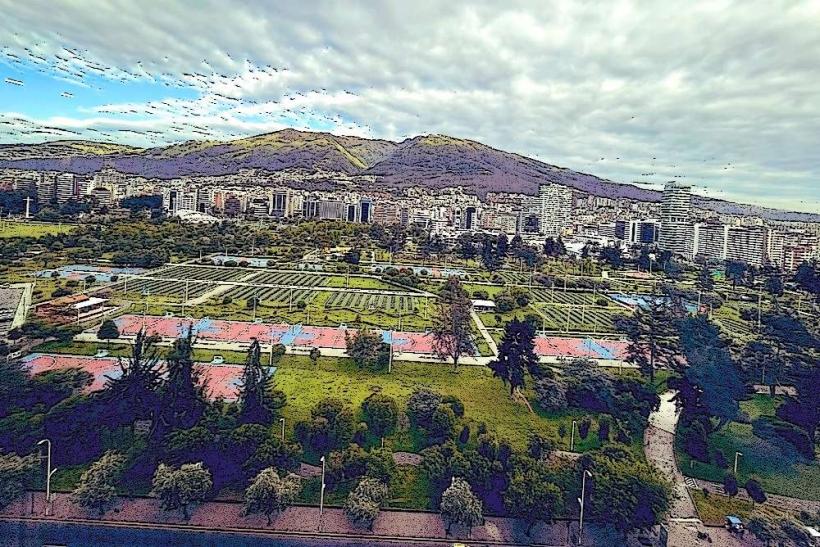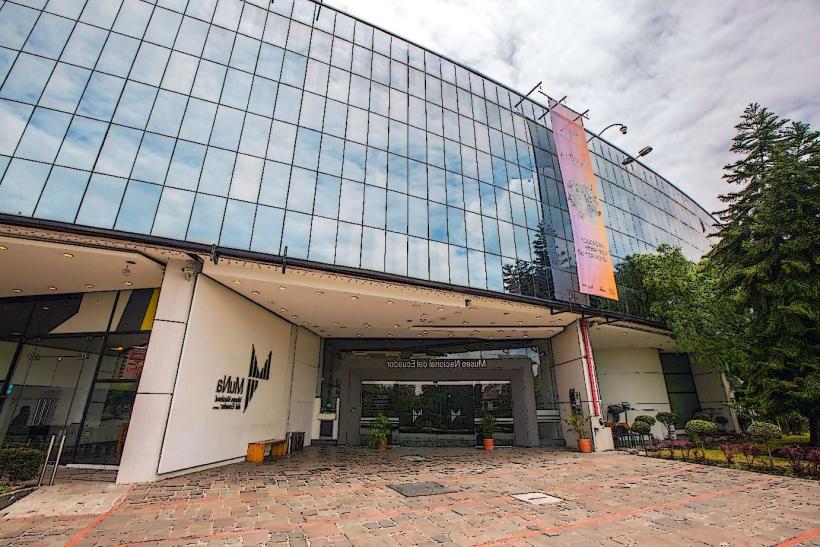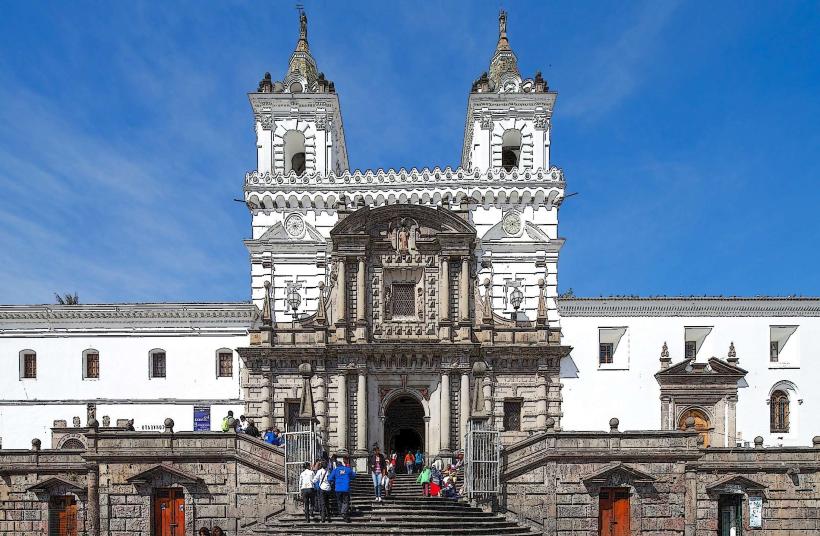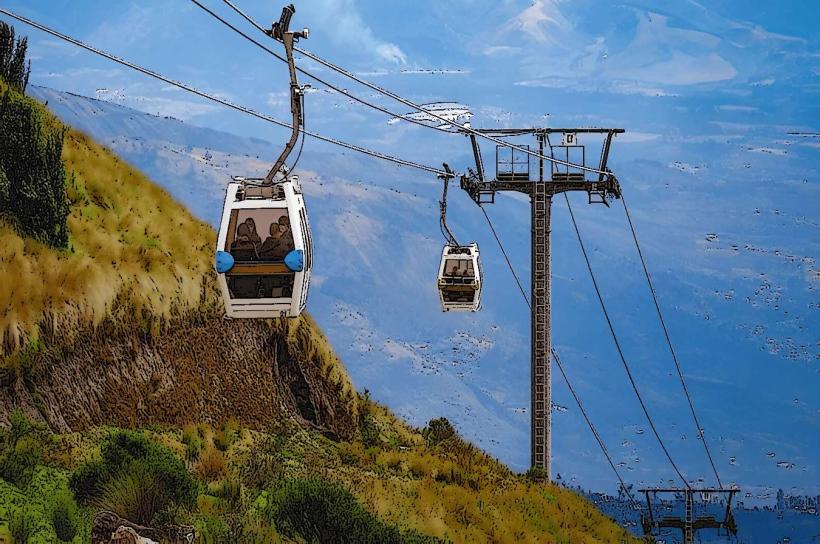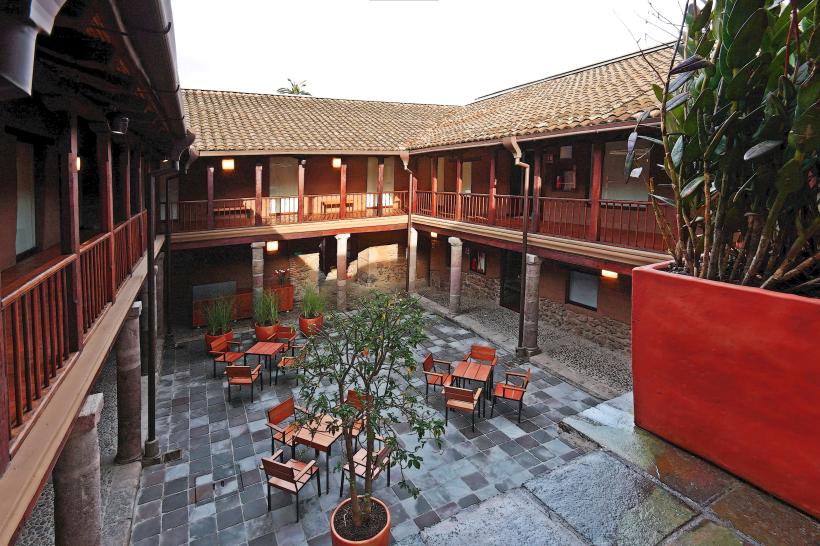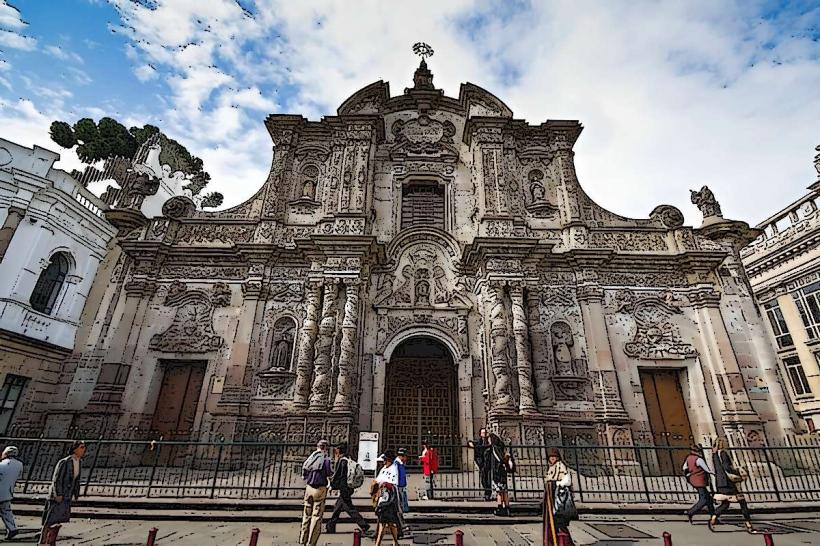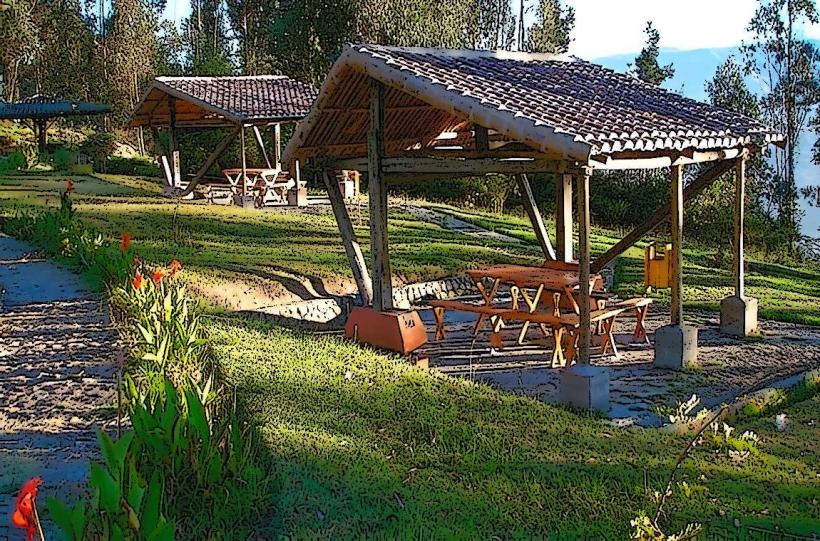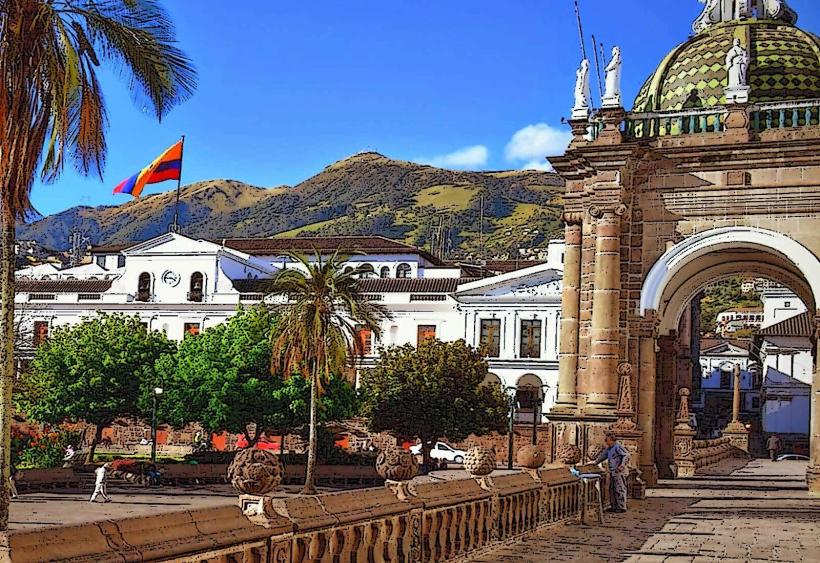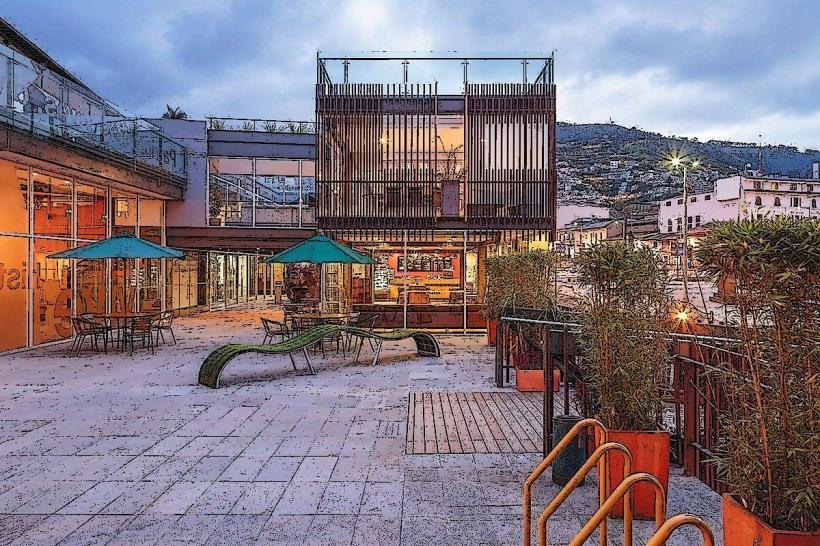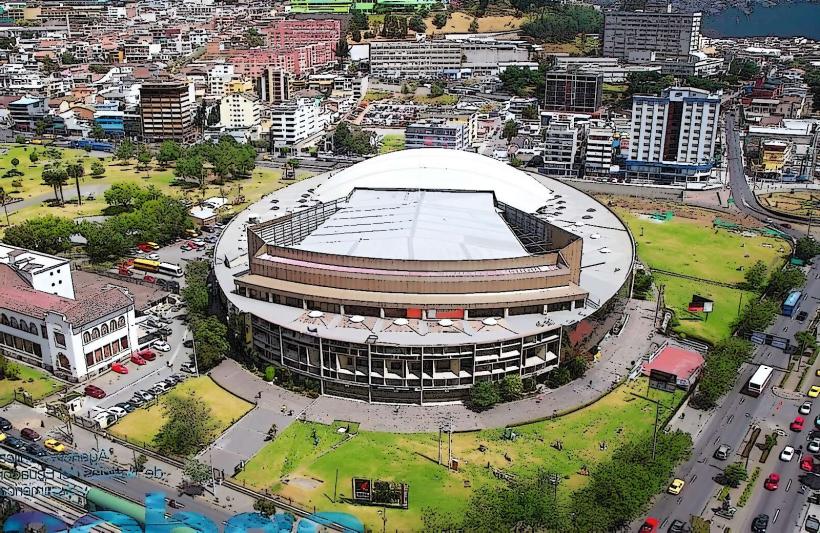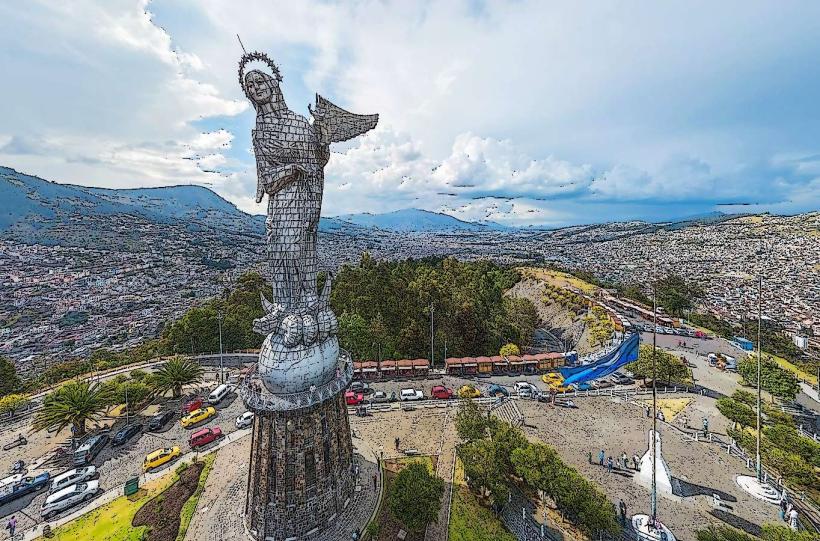Information
Landmark: Basílica del Voto NacionalCity: Quito
Country: Ecuador
Continent: South America
Basílica del Voto Nacional, Quito, Ecuador, South America
Overview
The Basílica del Voto Nacional, with its soaring spires and intricate stone carvings, stands as one of Quito, Ecuador’s most stunning and essential neo-Gothic churches, then the largest neo-Gothic church in Latin America rises with soaring spires, its gargoyles shaped like Ecuadorian wildlife, and from its heights you can witness the city spread out like a patchwork of rooftops below, for the most part Rising high above Quito, the basilica commands the skyline, its spires catching the afternoon light, and stands as a cherished religious, architectural, and historical landmark, consequently in the 19th century, the vision for the Basílica del Voto Nacional took shape as a heartfelt tribute to Ecuador’s devotion to the Sacred Heart of Jesus, much like offering a single candle in a quiet chapel.The project began soon after President Gabriel García Moreno, in 1873, formally consecrated Ecuador to the Sacred Heart, a ceremony marked by ringing church bells across the capital, moreover construction didn’t start until 1883, led by French architect Emilio Tarlier, whose designs drew on the soaring arches of Notre-Dame de Paris and other European Gothic cathedrals.The basilica is still, in a technical sense, unfinished-locals whisper that the moment the last stone is set, the world will come to an end, therefore even so, it opened in 1924 with a formal ceremony, and in 1985 Pope John Paul II consecrated it beneath the echo of its great stone arches, loosely Today, it’s still a working Roman Catholic church, and crowds stream through its heavy wooden doors, making it one of Quito’s most visited landmarks, along with the Basílica del Voto Nacional stands as a striking neo-Gothic masterpiece, yet its carved stone iguanas and other Ecuadorian touches give it a character all its own.The basilica’s exterior rises with an imposing façade, its pointed arches and soaring flying buttresses framing stone carvings so detailed you can discover the folds in a saint’s robe, all steeped in classic Gothic style, simultaneously what really sets it apart is the sight of Ecuadorian animals perched where you’d expect vintage stone gargoyles.The sculptures show native creatures-iguanas basking in the sun, armored armadillos, soaring condors, languid-moving turtles, and playful dolphins-giving the basilica a vivid, unmistakably local character, as a result two towering bells rise 115 meters into the air, their stone faces casting long shadows across the structure, to some extent To be honest, From blocks away, you can spot the towering buildings with their massive clocks gleaming in the sunlight, while rising high above the square, the church’s vast stone walls and intricate carvings make it one of South America’s most breathtaking religious landmarks.Inside the basilica, towering columns rise toward ribbed vaults, while stained glass windows spill red, blue, and gold light across the stone floor, as well as sunlight pours through these windows, which show vivid scenes of saints and sacred stories, deepening the church’s quiet, reverent air.At the heart of the basilica, the main altar-dedicated to the Sacred Heart of Jesus-draws every gaze, its candles casting a warm, steady glow, in addition climbing the basilica’s clock towers is a thrill, especially when the bells hum faintly in the breeze as you rise above the city.You can ride the elevator partway up, then climb the rest on steep wooden stairs and crisp metal ladders, in turn the climb can feel daunting, but at the top, Quito stretches out in a dazzling sweep of rooftops and mountains.From the top, you can spot the historic center, El Panecillo rising like a watchful hill, and the jagged Andes stretching into the haze-one of the city’s finest views, while beyond its towering arches and marble glow, the basilica carries a profound spiritual weight.It reflects Ecuador’s deep Catholic roots and its devotion to the Sacred Heart of Jesus, symbolized by the image of a glowing red heart, in turn pilgrims come to the basilica year-round, kneeling in prayer, attending mass, and gathering for special holy celebrations.You know, Each year on August 10, the anniversary of Quito’s first cry for independence, the basilica draws crowds and radiant flags, becoming the heart of the nation’s celebrations, consequently religious and civic ceremonies unfold, tying Ecuador’s past to its faith-bells echo through the plaza as the crowd gathers.From what I can see, If you’re planning a visit, you’ll find the basilica in the San Juan neighborhood, just a short wander from Quito’s historic center where cobblestone streets echo underfoot, moreover you can reach it in minutes from Plaza de la Independencia and other historic landmarks-just hike, grab a taxi, or hop on a city bus.The church welcomes visitors every day of the week, opening its doors at 9 a.m, after that and closing them again at 5 p.m, when the last light fades through the stained-glass windows.You can usually step into the main basilica for free or drop a miniature donation, but climbing the towers costs a modest fee, and you’ll need a bit of stamina to climb the towers, so slip on comfortable shoes-think ones you can amble in all day without sore feet.Watch your step on the steep staircases and high balconies, especially if heights make your palms sweat, simultaneously morning or late afternoon is the perfect time to go-the light turns warm and golden, and you can discover every ridge and shadow in the distance, a little With the basilica right in the heart of Quito’s historic center, it’s an easy and worthwhile stop-just a short hike from cobblestone streets lined with colorful balconies, and just a short roam takes you to Plaza de la Independencia, the city’s main square, where government buildings rise beside weathered colonial facades, maybe Just steps away, the Church of La Compañía de Jesús dazzles with intricate Baroque design, its interior gleaming from floor to ceiling in gold leaf, and don’t miss the San Francisco Church and Plaza, where an ornate convent and centuries-heritage colonial paintings wait just beyond the heavy wooden doors.If you want sweeping views of the city, head up to El Panecillo, where the wind carries the scent of stone and flowers and the towering Virgin of Quito stands watch, as a result in the end, the Basílica del Voto Nacional isn’t just a church-it stands as Quito’s proud emblem of history, faith, and soaring stonework that catches the morning light, perhaps With its neo-Gothic arches, soaring spires, gargoyles shaped like Ecuador’s own iguanas, and sweeping views that stretch across the city, it stands among the country’s most unforgettable landmarks, as a result you might pause to admire the intricate stained glass glowing in the sunlight, join the hush of a morning mass, or climb the towers for a sweeping city view-whatever you choose, the basilica wraps history, faith, and beauty into one unforgettable visit., in a sense
Author: Tourist Landmarks
Date: 2025-09-18

